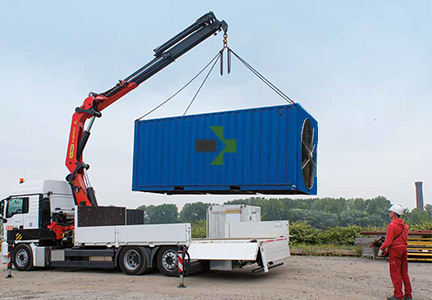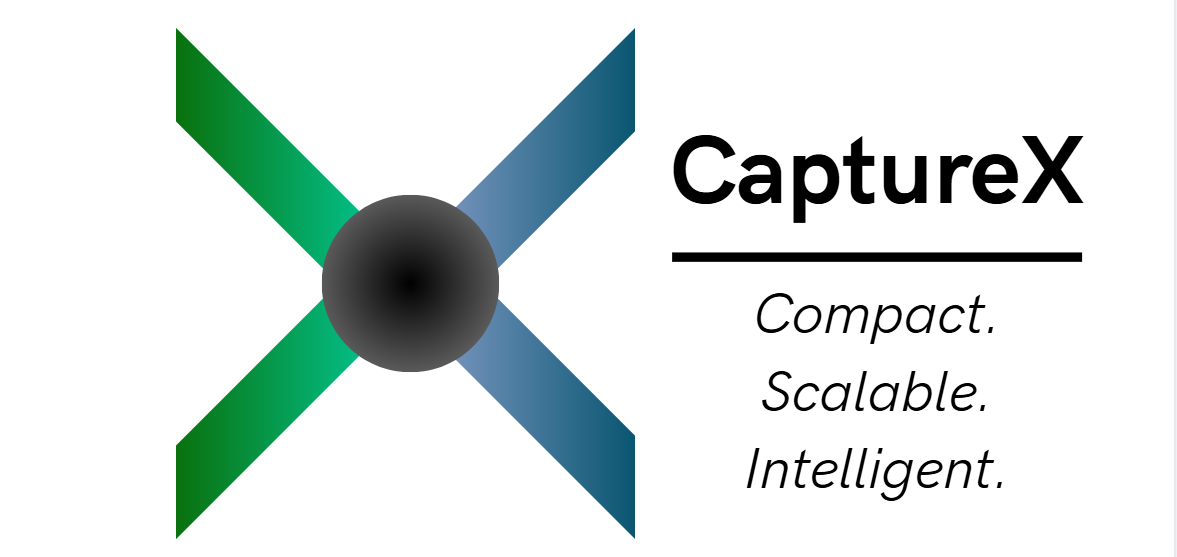
The Evolution of Carbon Capture: From Giant Projects to Smart Solutions
The challenge of removing carbon dioxide from our atmosphere has long been approached through massive infrastructure projects. However, as our understanding of climate disruptions evolves, so too must our solutions. The evolution of carbon capture technology reflects a broader shift in how we address environmental challenges: from centralized mega-projects to distributed, intelligent systems that can be deployed where they’re needed most, enabling a true circular carbon economy.
Historical Perspective
Early carbon capture efforts focused on large-scale projects, often situated near power plants or industrial facilities. These gigaprojects, while ambitious, faced significant challenges: they required extensive land use, specific geological conditions for storage, and massive infrastructure investments. Built far from localized sources – such as industrial facilities, commercial buildings, residential areas, and city centers – where CO2 concentrations are highest, these projects struggled with efficiency and cost-effectiveness, often requiring hundreds of dollars to capture each ton of CO2.
The limitations of this approach became increasingly apparent. High operational costs, complex infrastructure requirements, and limited deployment options meant that scaling these solutions to meet global needs was impractical. Moreover, the focus on pure sequestration meant missing opportunities to utilize captured CO2 as a valuable resource. A new approach was needed.
The Shift Towards Smart Solutions
Recent technological advances have enabled a fundamental rethinking of carbon capture. Modern solutions leverage modular designs and advanced materials, allowing for flexible deployment in various environments. These systems can be scaled up or down based on local needs, from single-unit installations to larger arrays, without requiring massive infrastructure changes.
The key to this evolution lies in innovative materials science and engineering. New adsorption technologies have replaced traditional chemical processes, eliminating the need for harmful solvents while improving efficiency. These advances have made it possible to capture CO2 at significantly lower costs and with smaller physical footprints.
From Waste to Resource: Enabling the Circular Economy
The evolution to smarter, distributed carbon capture systems has transformed CO2 from a waste product into a valuable resource. While traditional gigaprojects focused primarily on storage, modern solutions enable a “capture-convert-circulate” approach that aligns perfectly with circular economy principles.
Captured CO2 can now be efficiently:
- Used in enhanced oil recovery
- Converted into agricultural products
- Incorporated into building materials
- Transformed into synthetic fuels
- Utilized in food and beverage production
This shift from pure sequestration to utilization creates new economic opportunities while reducing environmental impact. Smaller, distributed capture units can be strategically placed near facilities that can immediately use the captured CO2, reducing transportation needs and creating local circular economy loops.
AI and Optimization: The Game Changer
Perhaps the most significant advancement in modern carbon capture technology is the integration of artificial intelligence. Today’s systems employ two-tier AI approaches: edge computing at the unit level optimizes capture performance in real-time, while cloud-based systems coordinate multiple units across regions for maximum efficiency.
This AI integration allows capture units to:
- Adapt to changing environmental conditions
- Predict and prevent maintenance issues
- Optimize energy usage
- Coordinate capture efforts across multiple locations
- Maximize capture efficiency based on local CO2 concentrations
Localized Integration: Where Impact Meets Circular Economy
Modern carbon capture solutions are particularly well-suited for localized environment, where CO2 concentrations can be three to four times higher than in rural areas. Their smaller footprint and modular design not only allow for installation in various localized settings but also enable local circular economy initiatives:
- Direct supply to nearby greenhouses
- Integration with local concrete curing operations
- Support for urban vertical farming
- Supply to local food and beverage manufacturers
- Creation of local carbon markets
The localized deployment of these systems offers several additional advantages:
- Higher capture efficiency due to elevated CO2 concentrations
- Reduced transportation needs for captured CO2
- Direct impact on urban air quality
- Integration with existing city infrastructure
- Flexible scaling based on local needs
Economic Considerations
The evolution from gigaprojects to smart solutions has transformed both the economics and value proposition of carbon capture. While traditional projects required hundreds of dollars to capture a ton of CO2 and focused mainly on storage, newer technologies can potentially reduce capture costs to under $100 per ton while creating new revenue streams through CO2 utilization. This dual benefit of lower costs and higher value makes carbon capture more economically viable and attractive to a broader range of organizations and communities.
Future Outlook
The carbon capture industry continues to evolve, with circular economy principles increasingly driving innovation. Future developments are likely to include:
- Integration with local manufacturing processes
- New applications for captured CO2
- Enhanced value chain integration
- Development of local carbon markets
- Creation of carbon-neutral industrial clusters
- Further integration with smart city infrastructure
- Enhanced AI capabilities for system optimization
- Improved materials for even more efficient capture
- Greater integration with renewable energy sources
As we face growing climate disruptions, the ability to not only remove CO2 from our atmosphere but to put it to productive use becomes increasingly critical. The evolution from gigaprojects to smart solutions represents more than just technological progress—it’s a fundamental shift in how we view CO2, transforming it from a problematic waste product into a valuable resource. By making carbon capture more efficient, affordable, and circular, these new solutions offer a practical path forward in our efforts to address climate disruptions while supporting sustainable economic growth.
Safe Harbor Statement: This article contains forward-looking statements that involve risks and uncertainties. Actual results may differ materially from those discussed here, as ongoing R&D and evolving market conditions may impact commercialization timeline and outcomes.
